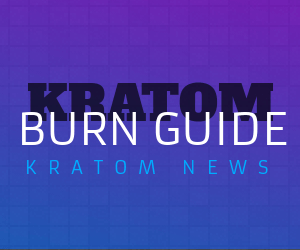On-field assessment of concussion: clinical utility of the King-Devick | OAJSM – Dove Medical Press
On-field assessment of concussion: clinical utility of the King-Devick | OAJSM Dove Medical Press
Andrew D Legarreta,1 Nishit Mummareddy,1 Aaron M Yengo-Kahn,1,2 Scott L Zuckerman1,2 1Vanderbilt Sports Concussion Center, Vanderbilt University …
Andrew D Legarreta,1 Nishit Mummareddy,1 Aaron M Yengo-Kahn,1,2 Scott L Zuckerman1,2
1Vanderbilt Sports Concussion Center, Vanderbilt University School of Medicine, Nashville, TN, USA; 2Department of Neurological Surgery, Vanderbilt University Medical Center, Nashville, TN, USA
Correspondence: Scott L Zuckerman
Department of Neurological Surgery, Vanderbilt University Medical Center, Medical Center North T-4224, Nashville, TN 37212, USA
Tel +1 914 980 3339
Fax +1 615 343 6948
Email scott.zuckerman@vumc.org
Abstract: Sport-related concussion (SRC) is an important public health concern with up to 3.8 million SRCs occurring each year. As the incidence and rate of SRC increases, reliable and valid tools for diagnosis and management are needed. The King-Devick (K-D) test assesses a patient’s visual function based on reading a series of numbers as well as counting both time to completion and errors. Its rapid administration time and simplicity make the K-D test a potentially useful SRC diagnostic tool, though limitations exist in baseline testing and what constitutes an abnormal score. Additionally, the K-D tests should never be used in isolation to diagnose a concussion, but rather as one test in conjunction with additional clinical measures, as part of an individualized approach to each patient. The current review examines the clinical utility of the K-D test.
Keywords: King-Devick test, sport-related concussion, narrative review, SRC
 This work is published and licensed by Dove Medical Press Limited. The full terms of this license are available at https://www.dovepress.com/terms.php and incorporate the Creative Commons Attribution – Non Commercial (unported, v3.0) License. By accessing the work you hereby accept the Terms. Non-commercial uses of the work are permitted without any further permission from Dove Medical Press Limited, provided the work is properly attributed. For permission for commercial use of this work, please see paragraphs 4.2 and 5 of our Terms.
This work is published and licensed by Dove Medical Press Limited. The full terms of this license are available at https://www.dovepress.com/terms.php and incorporate the Creative Commons Attribution – Non Commercial (unported, v3.0) License. By accessing the work you hereby accept the Terms. Non-commercial uses of the work are permitted without any further permission from Dove Medical Press Limited, provided the work is properly attributed. For permission for commercial use of this work, please see paragraphs 4.2 and 5 of our Terms.
